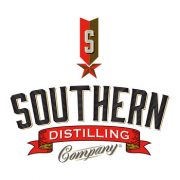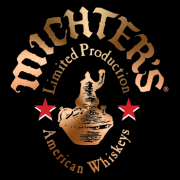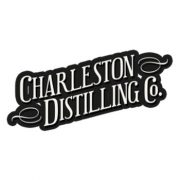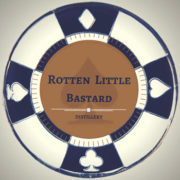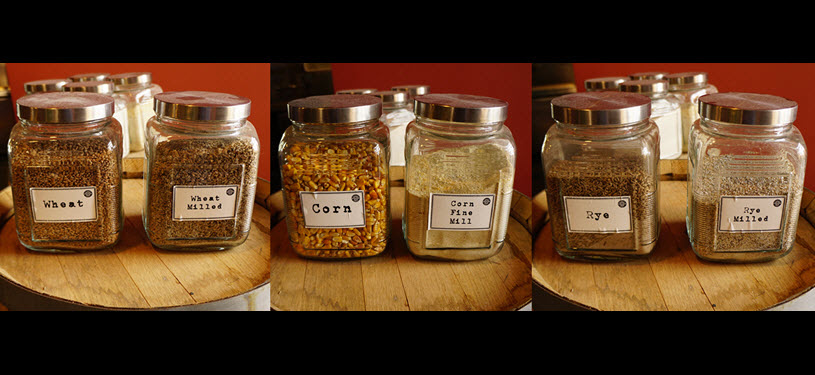
People are always asking me what the exact recipe is for Bourbon. Some distillers keep their recipes a family secret; and why not? I mean it is after all theirs. Some distilleries will tell you, like Four Roses or Maker’s Mark. But when it comes down to it, does 1% more rye or more corn make a difference? Well of course it does to that distiller, but flavor wise, I say it really doesn’t. Now THAT’S a bold statement. Did you hear me? I’M SCREAMING IT!!!
Well of course it makes a difference but the recipe is just one of many pieces of the puzzle to making bourbon and rye whiskey. The recipe is crucial but,
- What yeast strain are you using?
- Are you using one at all or just using a dry yeast, are you using a jug yeast, a family jug yeast?
- Then what proof do you bring it off the still?
- What’s the barreling proof?
- Where you store it in the rack house and for how long?
- What’s the bottling strength and do you cold chill filter it?
All are good questions…So that’s my argument.
Stay Informed: Sign up here for our Distillery Trail free email newsletter and be the first to get all the latest news, trends, job listings and events in your inbox.
All Bourbons Fall in to Three General Bourbon Recipes
- Traditional
- High Rye
- And Wheat
Then there are recipes for Straight Rye Whiskies.
So here I’ve made it easy, and listed the grains we use and what they contribute. The recipes and what you can expect from them. How the barrel and aging affects the bourbon, and then the bourbons that fall in to those three general recipes. I hope you find it helpful when finding your common denominator for your favorite bourbons.
Grains and What They Contribute
This information was gathered by me from many sources including Whisky Magazine, Malt Advocate and talking with many master distillers over the years.
Corn – Is what gives Bourbon its signature flavor and is considered the “engine” that provides the highest yield of alcohol per bushel of all the grains. The flavor of corn is very prevalent fresh off the still in the White Dog. But over years of aging, corn becomes neutral, and lends mostly in the overall sweetness to the finished product.
Barley – Prized mainly for its enzymes for converting starches to sugar for the fermentation process so the yeast can feed on the sugars. Where corn is the “engine”, malted barley is considered the “work horse” that delivers these enzymes. Barley provides some flavor with the underlying malty and chocolate notes along with some dryness. Usually only around 5% – 14% of any grain bill, the use of barley is mainly for those enzymes, and gives it that biscuity texture.
Rye & Wheat – Contribute most significantly to the flavor of mature bourbon. They are referred to as the “flavoring grains”. Any grains can be used like oats, or rice, but these two are only ones used, with Rye being the dominant flavoring grain with distillers.
Rye – Brings a range of spice notes including pepper, nutmeg, clove, and cinnamon which are all intensified during the aging process. Think of eating a piece of rye bread. Rye gives bourbon that wonderful flavorful “bite” that it is known for.
Wheat – Wheat results in a “sweeter” tasting bourbon, but not because the grain is sweeter. Wheat is not as rich as rye so it allows more of the sweetness of the corn and vanilla to show through, compared to rye.
The Three Recipes or Mash Bills in Bourbon
Traditional Bourbon Recipe (my term, not industry’s): 70-80% corn –with the balance rye and some barley. Think of sweet and spicy, back of the tongue experience. Bourbon can be up to 100% corn, but corn becomes neutral during aging only keeping the sweetness, so a flavoring grain of rye is used, and of course the barley for converting those starches in to sugar, and that biscuity quality and hints of chocolate.
High Rye Bourbon Recipe: 18% + rye – dials back on the corn, keeping basically the same amount of barley as a Traditional Bourbon, but doubles up on the rye. Rye is a back of the tongue experience, and gives it that nice white pepper spice like a slice of rye bread. These bourbons will be less sweet and spicier.
Wheat Bourbon Recipe: 70-80% corn – similar to Traditional, but replace the rye with wheat. Wheat allows the sweetness of the corn, and the sugars from the barrel to be more pronounced. Think “soft and sweet”, with a front of the tongue experience.
Barrels and Aging
The recipe is the soul of the bourbon, and the Barrel and aging provide varying flavors depending on how long it is aged for, and what type of warehouse, and the location of those barrels inside a rack house. Barrel aging is responsible from anywhere between 50% to up to 75% of the final flavor of a bourbon depending on where the barrel is stored and for how long.
You can learn more about barrels and aging in these related stories.
How Location in a Distillery Rackhouse Effects Proof
Part 1: Understanding Oak Barrel Maturation – Know Your Casks
Part 2: Understanding Oak Barrel Maturation – Maturity is Not Age
Part 3: Understanding Oak Barrel Maturation – Location, Location, Location
There are six different types of vanillas you get from a barrel. And it takes a good six years to get bold vanillas out of a barrel. So younger bourbons will not have pronounced vanillas. Bourbons six years or more will have more pronounced vanillas.
Resulting barrel notes are: vanilla, maple, caramel, ginger, clove, toffee, cinnamon, fruits and toasted nuts.
High Rye Bourbon Recipes
| Old Grand Dad | Basil Hayden’s | Four Roses | Bulleit |
| Very Old Barton | Kentucky Tavern | Barton 1792 | Old Forester/Woodford Reserve |
Wheat Bourbon Recipes
| W.L. Weller | Maker’s Mark | Old Fitzgerald | – |
| Van Winkle | Rebel Yell | Larceny | *Bernheim Wheat Whiskey is a straight wheat whiskey (at least 51% wheat) – it is not a wheat bourbon. |
Traditional Bourbon Recipes – EVERYTHING ELSE including
| Jim Beam | Evan Williams | Booker’s | Wild Turkey |
| Knob Creek | Eagle Rare | J.T.S. Brown | Elijah Craig |
| Buffalo Trace | Old Crow | Heaven Hill | – |
Straight Rye Whiskey Recipes
Straight Rye Whiskey Recipe: 51-100% Rye – A Traditional industry standard usually includes corn/barley mix like a traditional bourbon, but majority grain is rye instead of corn. Rye whiskey can be up to 100% rye, but some distillers argue you should have at least 6% or more of barley malt to ensure the conversion of starches to sugars so the yeast can convert those sugars to alcohol. Otherwise, additional enzymes need to be added to the recipe to help with that conversion, so 100% to 94% rye whiskies will need that help.
Those rye whiskies that are 100% rye typically come from Canada, since they make 100% rye for their blended whiskey. But remember that they are blending that 100% rye in with a 100% malt whiskey and a 100% corn whiskey. So rye is sort of regional in taste profile. Canadians like a softer, lighter whiskey so they blend it with other whiskies, but they refer to their whiskey as “rye” even though it’s not a true rye. But they make 100% rye whiskey, so some new brands here in the U.S. are sourcing it from them as rectifiers here in the states.
Pennsylvania Rye back in the day probably consisted of mostly rye with a little corn in it. They distilled what grains grew in their region. George Washington made rye whiskey at Mount Vernon with the mash bill of 60% rye, 35% corn, and 5% barley. We know this from the records his distiller, James Anderson kept. So ryes that moved to Virginia and then Kentucky went from the very high in rye content of the Canadian and Pennsylvania or Monongahela style, to more corn and barley being added, simply because those are the grains that are prevalent in those areas. Today barley is used because of the coveted enzymes that are needed to convert those starches to sugars the yeast can feed on and make alcohol. Corn adds a little sweetness. Whatever rye style you enjoy, know why and where it came from, and it might help you identify your common denominator.
Straight Rye Recipes: From 51% on up to 100% (Traditional unless noted)
| Jim Beam | Old Overholt | High West | Wild Turkey |
| (ri)1 | Rittenhouse | Bulleit (95% rye/5% barley) | Templeton |
| Michter’s | Sazerac | Whistle Pig (100% rye) | Old Potrero |
And all other brands that are straight rye whiskies.
So, now you know, there are only three Bourbon mash bills. Learn to read your labels, take a distillery tour, ask lots of questions and enjoy!
Please help to support Distillery Trail. Sign up for our Newsletter, like us on Facebook and follow us on Instagram and Twitter.

